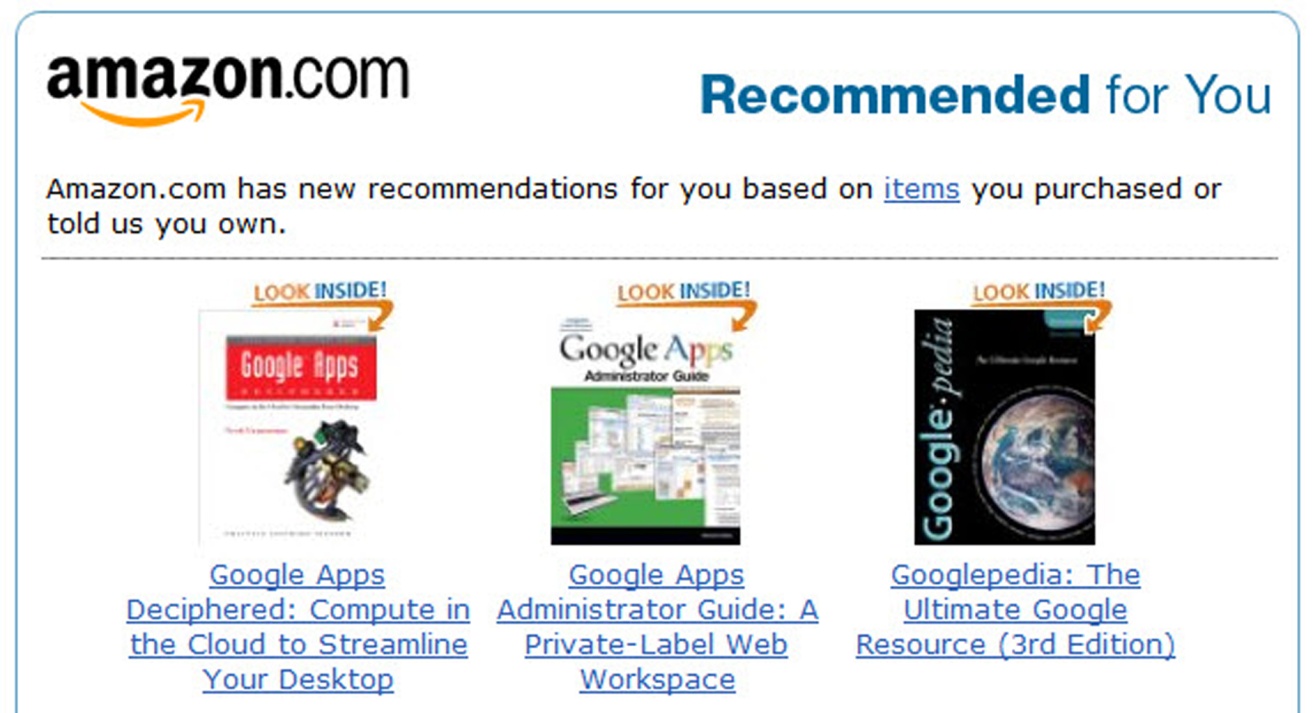5 Ways to Boost eCommerce Sales with Product Recommendations
Businesses know that acquiring new customers is more difficult and costlier than selling new products to existing customers. This is why eCommerce businesses prefer to invest in a good loyalty program. And product recommendations is one of the best marketing tools that a retailer can have in its arsenal. After all, the right recommendation helps sell more products to existing customers.
Simply put, recommendations are suggestions made by the retailer on various things that the customer might also be interested in. But in order to do this, the company has to know its customers and what they want. This is to avoid scenarios like recommending red stilettos to a client who prefers white trainers.
The question now is how to successfully use recommendations to improve eCommerce sales. Here are five suggestions:
1. Generate Personalized Product Recommendations
Personalized recommendations are carefully calculated and chosen products that are offered with the customer’s shopping behavior and history taken into consideration.

[Image via Amazon.com]
Amazon is a prime example of personalized recommendations. First-time site visitors will initially see some generic suggestions that are either crowdsourced bestsellers or what other visitors are checking. But once a purchase has been made, they’ll see recommendations based on items they’ve bought or searched for recently. These suggestions are found in the product description of the item a customer is currently checking or on the homepage that they’re logged into.
2. Have Well-Timed Customized Email Recommendations
Email marketing is still one of the most effective marketing strategies. It’s affordable, practical, and can boost conversions. But to have a more robust customer engagement, personalized email recommendations are the way forward. After all, the more relevant the email’s content is, the higher the rate of emails opened, website visits and sales.
Amazon is again a good example of this strategy. The company’s AI sends well-timed emails that recommend products that the customer has just browsed on the site. The emails are also sent as soon as the customer leaves the site, thereby ensuring that they’re still receptive to recommendations.
3. Make Product Pages More Appealing With Relevant Suggestions
The product page is one area where you can make more recommendations. However, it’s important that you find the best way to showcase your items because at this stage, you’ll either push your client towards the checkout process or drive them away altogether. Data-backed recommendations can provide shoppers with more choices at this key stage. By putting together selections based on the customer’s interest, the odds of conversions can increase by as much as 411%.

[Image via Shopify.com]
Brands can boost conversions by suggesting complementary items. For instance, if the shopper is looking for shoes, they can cross-sell by suggesting a shoe rack. Product recommendations can also be based on the shopping patterns of other shoppers. For example, if previous shoppers also bought a necklace after buying a blouse, then the product page would recommend what “people who bought this product also bought.”
4. Don’t Stop at a Confirmed Order
A successful order confirmation doesn’t mean you have to stop making recommendations. This stage of the shopping process can still be a good arena for recommending items that the customer could buy. Think of it as a last chance to add more products to the deal.
There are two good ways to make the most of order confirmations. One would be to have recommendation popups. Aside from thanking your customers for their latest purchase, include messages that suggest “you might be interested in this product.” The second way would be to integrate recommended products in the order confirmation email. Make your offer more compelling with the promise of freebies or discounts in their next purchase.
5. Making Friendly Referrals
As already mentioned, recommendations shouldn’t stop just because a purchase has been made. Recommendations can be used as a referral tool, one that can push a brand further, generate traffic, and boost more sales.
Brands can do this by asking customers to share the news of their latest purchase with their friends via social media. Bear in mind that people are more likely to buy or use the same brand that a trusted friend has used and recommended. To make this easier for your customer, integrate a “Share This” button on the customer’s order confirmation page.
There’s no question that recommendations have positive results. It’s a marketing strategy that eCommerce businesses can easily adopt. So this year, put more emphasis on recommendations and see your sales numbers grow.
